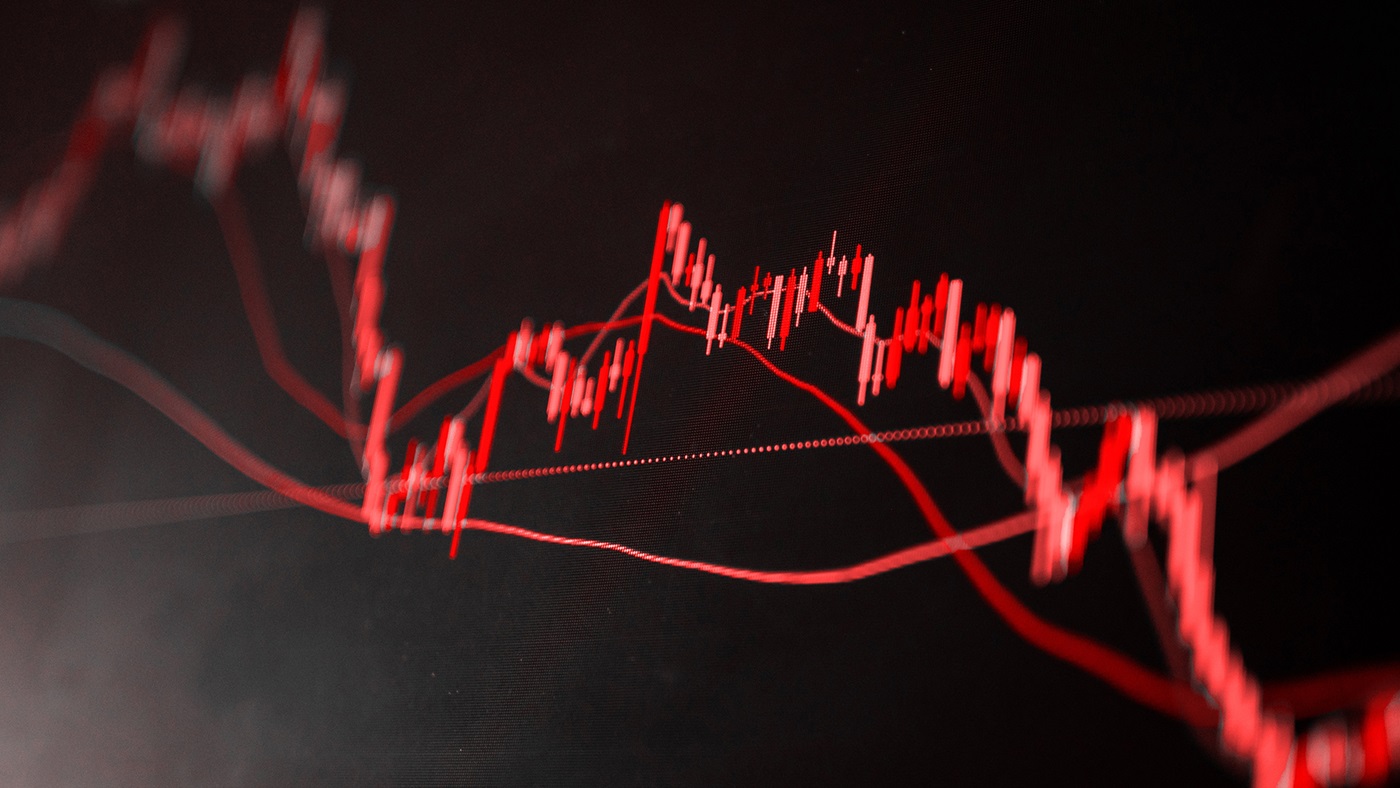The corporate lending and bond markets are now under pressure after years of a low-interest rate environment, and high-yield – or junk-rated – companies are particularly feeling the heat in the US. Meanwhile the property sector in China continues to experience difficulties, which may impact the banking sector.

The fallout from a prolonged period of cheap money continues to work its way through the financial markets as central banks continue to raise rates. In the US, corporate defaults continue to rise, and analysts are predicting a credit crunch as well as a recession – although it is not expected to be as bad as the global financial crisis in 2008.
The issues with corporate defaults have been rumbling on for a few months. And in China, the property market is still experiencing the impact of a credit crunch and the fallout from the corporate default of Evergrande and could ultimately impact the banking sector.
In the US, bank lending has contracted since the collapse of Silicon Valley Bank and there have been rising levels of corporate defaults. In May alone, according to the Financial Times, there were three corporate loan defaults in the US, which totalled US$7.8bn. From the beginning of the year to the end of May, there were 18 defaults, totalling US$21bn, the newspaper reported, citing data from PitchBookLCD.
During the pandemic, when central banks lowered interest rates to keep their economies afloat, many companies took advantage of the cheap money and loaded up on low-interest loans. One problem now is some ‘junk’ rated companies took on variable rate loans, which are now becoming unaffordable given the recent rate increases.
Analysts have started to sound the alarm bells. And in May analysts at Bank of America predicted that a recession is looming and there could be more corporate defaults to come.
In a note to clients, which was reported in the media, Head of High Yield Strategy at Bank of America, Oleg Melentyev wrote that a 15% default rate on corporate debt was a possibility. Even with an 8% corporate default rate, this could translate into US$920bn of defaults. He wrote a recession is on the cards: “If a full-scale recession doesn’t arrive in the next year or two, the cycle will get delayed, but not cancelled. For now, we continue to think that a mild/short recession is a more likely outcome than a full-scale one for the foreseeable future,” Melentyev predicted.
This view is in line with analysts at Deutsche Bank who also expect a wave of defaults. In May, the bank’s analysts estimated the US high-yield bond defaults could be at 9%, while loan defaults could be more than 11%. “Our cycle indicators signal a default wave is imminent. The tightest Fed and ECB policy in 15 years is colliding with high leverage built upon stretched margins,” the analysts were reported as saying.
Fears of defaults aren’t limited to the US, however. Meanwhile in China there are issues that are continuing with the property market, which was the subject of a recent research note from Natixis. Economists Alicia Garcia Herrero and Gary Ng in early June wrote the struggles in the property market may start to impact the banking sector. They note the Chinese real estate sector has not recovered from its woes: “Since the credit crunch on developers and Evergrande’s offshore bond default in mid-2021, contagion risks have spread like wildfire.” Although there has been policy, which has bought the sector time, it has failed to prevent more bond defaults of private developers, they write.
This signals the end of the rapid growth in the real estate sector, and the Natixis economists expect local governments in China will feel the impact from a weaker economy and also a drop in tax revenue from property sales. “The impact on banks has so far been limited, but the pressure can grow given the evolving environment and pressure,” they write.